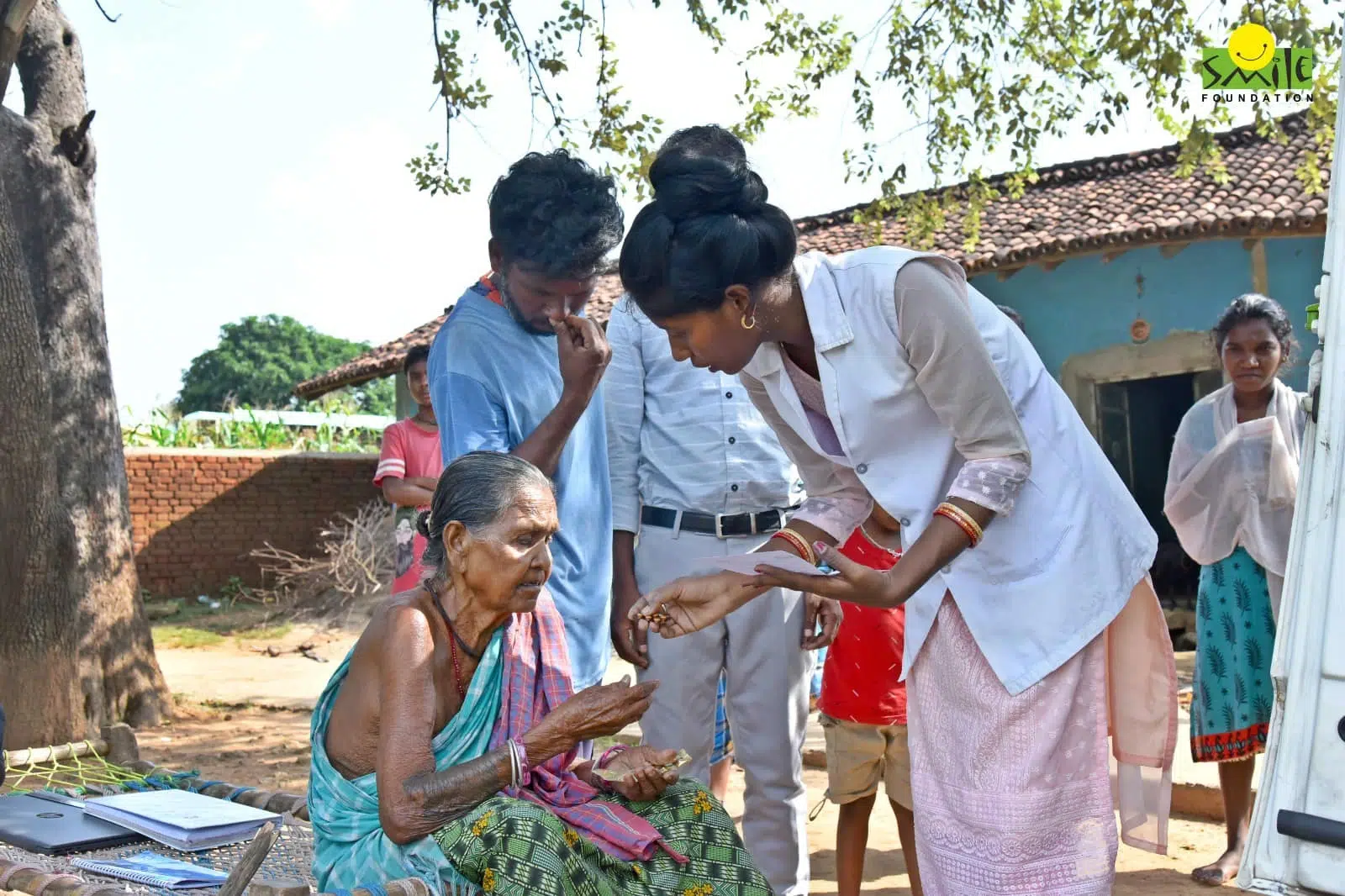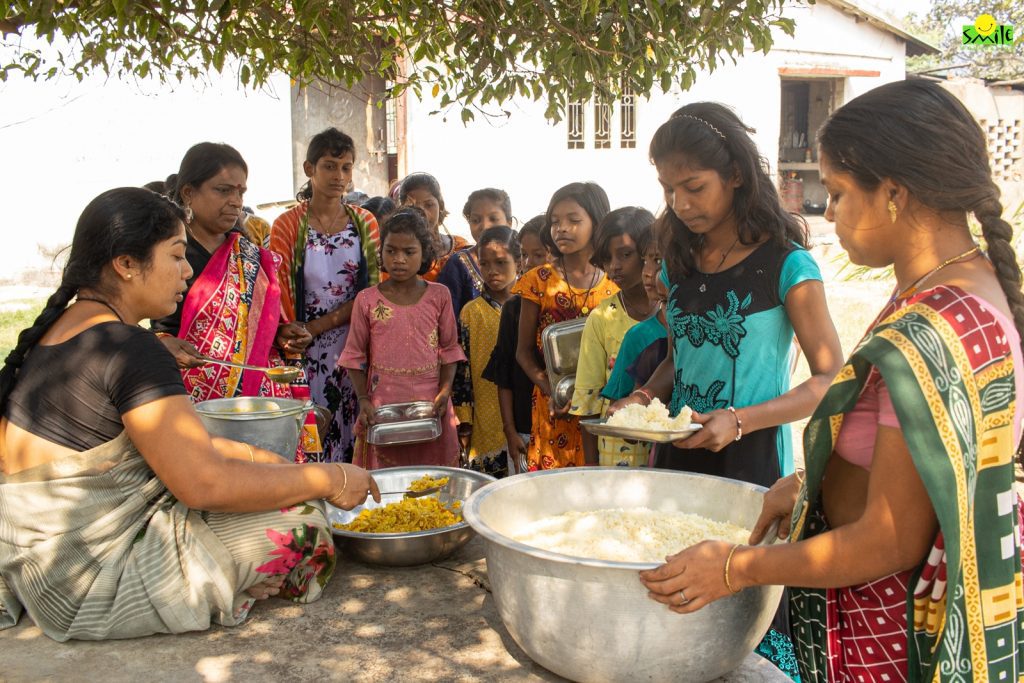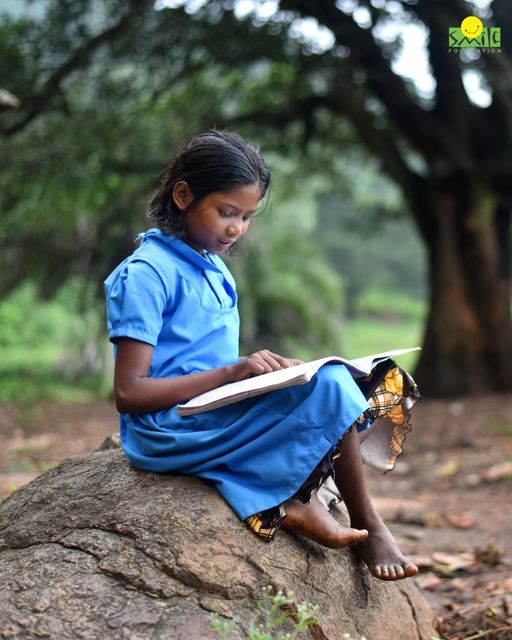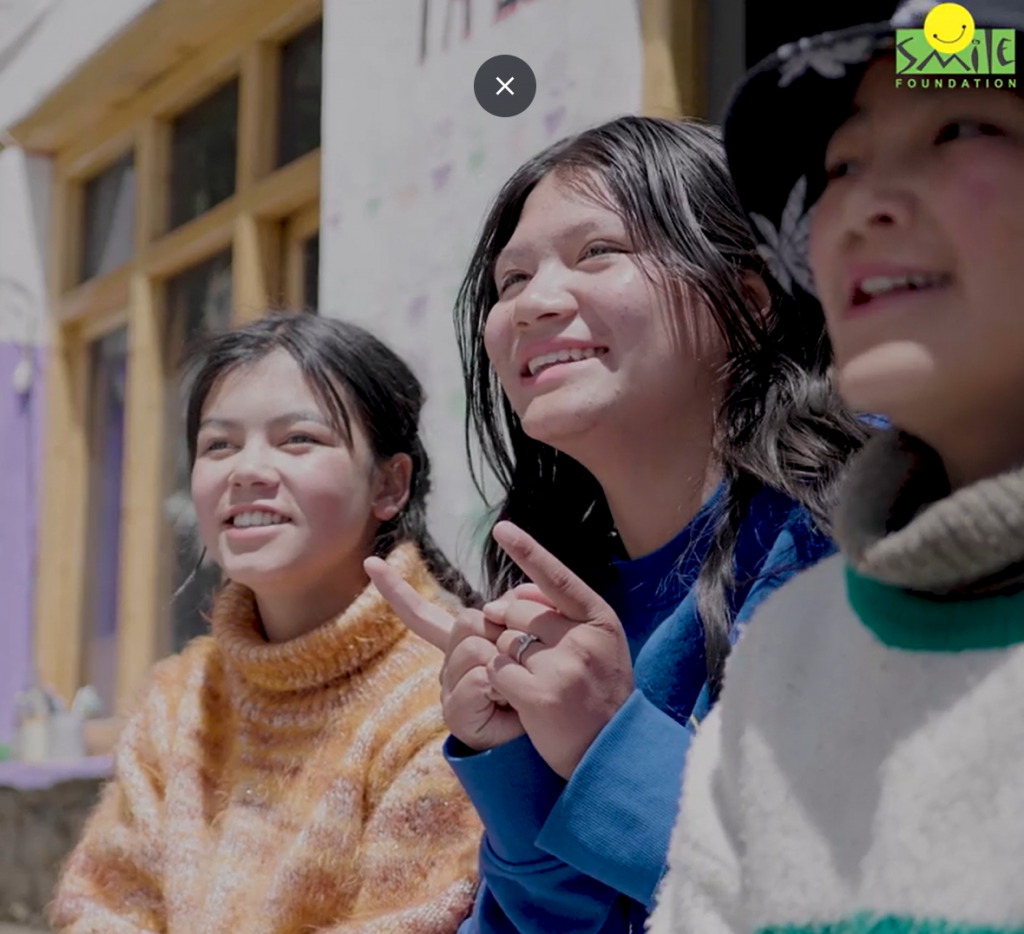There’s a certain sound to ambition in rural India. It’s not loud. It doesn’t echo in Parliament halls or air-conditioned policy conclaves. No, it’s quieter than that. Like the rustle of papers in a primary school, or the hiss of pressure cookers in a newly built health centre, or even the shuffle of slippers outside a panchayat office where, at this very moment, someone is trying to rewrite their future.
And if you ask the government, they’ll tell you they’re accelerating this quiet transformation through something called the Aspirational Blocks Programme—a name that feels a little too bureaucratic to contain the enormity of what it’s trying to do. But make no mistake: there is change afoot.
Take Puredalai Block, for instance. Tucked away in Barabanki district, Uttar Pradesh, it wasn’t so long ago that its residents were grappling with high TB burdens, low institutional deliveries, and that aching, invisible illness called neglect. Fast forward to June 2025, and it’s accepting a ₹1.5 crore award from NITI Aayog for outperforming on human development indicators.
From zero TB treatment gaps to 100% institutional deliveries, and from chronic underperformance to model block—Puredalai has had what the papers might call a glow-up. But what they often miss is what really powers this kind of change. Spoiler: it’s not just dashboards and deadlines. It’s community, care, and continuity. And it’s worth talking about.
Community: Where the real bureaucracy lives
There’s a village in Telangana called Gangadevipalli, and it should be on the syllabus of every development studies course in the country. With just 369 households, it quietly achieved what most districts still dream of: 100% literacy, 100% toilet construction, 100% school attendance, even a village-level alcohol prohibition law that actually works.
Its secret? Committees. Twenty-six of them, to be precise. One for plastic bans. One for widow welfare. One for sanitation. One for women’s issues. And the kicker? Every household has someone on at least one committee. Bureaucracy, yes; but the kind that works because it belongs to the people.
This is what real grassroots governance looks like. Not top-down schemes, but side-by-side solutions. Not the government arriving with answers, but the community asking the right questions.
In fact, if India’s underdeveloped regions have taught us anything, it’s this: no transformation takes root without community ownership. The best policies remain PDFs without people to carry them forward.
So it’s no surprise that under the Aspirational Blocks Programme, Panchayati Raj Institutions (PRIs) and community-based organisations (CBOs) are emerging as the backbone. They don’t just implement; they interpret. They ensure that the letter of a scheme doesn’t strangle its spirit.
Care: Not the kind you fill in a form
In Villupuram, Tamil Nadu, care wears a nurse’s uniform and has a name—Katheeza Beevi. Over three decades, she helped bring more than 10,000 babies into the world. No fancy degree, no media spotlight. Just the unglamorous, irreplaceable work of showing up, every single time.
Her health centre became known locally as the “lucky maternity hospital,” and honestly, who wouldn’t trust a place blessed by consistency?
But even good intentions can unravel if dignity isn’t woven into the thread. Tamil Nadu’s Chief Minister’s Breakfast Scheme, while brilliant on paper, faced backlash when a staff member allegedly mistreated a child. It was a stark reminder: welfare without empathy can turn nourishment into humiliation.
So yes, we need schemes. We need systems. But we also need to remember that people are not metrics. They’re not indicators to be monitored. They’re citizens. And care, real care, isn’t just about providing services. It’s about how those services are delivered.
When health workers follow up because they care, not because they’re being audited, something changes. When students eat breakfast and feel respected, not pitied—something grows.
Continuity: The art of not starting over every five years
Ah, continuity. The least glamorous of the Three Cs, and yet the most essential. Anyone who’s ever worked in or around development knows the ritual: a new scheme arrives, posters are printed, officials nod solemnly, and then—it all resets when the next big thing comes along.
But ABP doesn’t want to be the next big thing. It wants to be a consistent thing. The kind of initiative that stays long enough to matter.
It’s built on three foundational pillars:
- Convergence – getting state and union schemes to working in tandem with each other
- Collaboration – coordination between NITI Aayog, state governments, and district/block administrations
- Competition – a spirit of constructive rivalry aimed at maximising public good
Blocks are ranked based on 39 socio-economic indicators, nudged toward SWOT analysis (that’s Strengths, Weaknesses, Opportunities, Threats), and trained to make their own block development strategies.
And, then, there’s a knowledge portal, an iGOT Karmayogi integration, and more digital dashboards than you can shake a stylus at.
But what’s quietly radical about ABP is that it values institutional memory. It wants functionaries to be trained, yes—but also retained. It wants plans not just made, but maintained.
It’s not a patchwork programme. It’s an infrastructure for transformation.
The Smile factor: Where NGOs fit in for Aspirational Blocks
While government schemes provide scale, non-governmental organizations (NGOs) often bring adaptability, trust, and context-specific expertise. For instance, Smile Foundation has emerged as a crucial partner in complementing public efforts under the ABP framework.
Through initiatives like:
- Mobile healthcare units (in partnership with Philips India) across Tamil Nadu, Karnataka, Haryana, and Maharashtra
- Solar-powered digital classrooms in rural and tribal schools
- Vocational training programmes benefiting over 44,000 girls
- Telemedicine and health awareness campaigns reaching over 80,000 people
- Education initiatives improving outcomes for over 1.6 lakh children
Smile Foundation demonstrates how multi-sectoral partnerships can translate policy intent into lived impact. Their work in Sundergarh (Odisha), Siddharth Nagar, and Shravasti (Uttar Pradesh) showcases how health, education, and livelihood interventions, when combined with community engagement, result in lasting change.
When the three Cs collide
When community, care, and continuity align, you don’t just see transformation—you feel it.
Like in Malkangiri, Odisha, where 23,000 people across five blocks are now part of the PM-JANMAN programme. It’s not just about roads and electricity (though those are there too). It’s about ownership. About tribal families participating in awareness campaigns and choosing pucca houses that suit their lives.
It’s about development not arriving with a press release, but growing from the inside out.
Aspirational Blocks: From block to blueprint
India’s Aspirational Blocks Programme more than a rural policy initiative—is a laboratory for governance innovation—a blueprint for inclusive development that others in the Global South might adapt to address their own regional disparities.
When community, care, and continuity intersect, development is no longer top-down. It becomes collaborative, enduring, and people-first. And when that happens, the gains are transformational.










